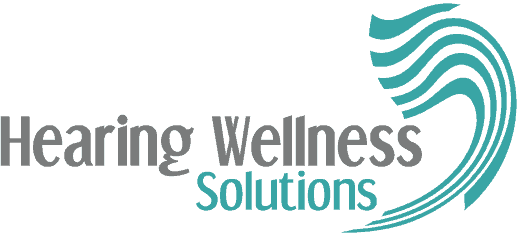Each and every May, the American Speech Language and Hearing Association (ASHA) celebrates “Better Hearing and Speech Month (BHSM)”. Each year, the organization outlines a new theme. This year’s theme is “Communication at Work”. Although BHSM has been interrupted slightly by COVID-19, there are still many ways we can raise awareness from the comfort of our own homes.
In fact, the theme of “Communication at Work” is particularly relevant during these times, as many of us adjust to holding business meetings and many other work conversations through video chat or over the phone.
Tips for Successful “Communication at Work” While Sheltering-at-Home
For many of us, working from home has been a big adjustment. This is especially true for those of us with hearing loss. Hearing and understanding everyone at a business meeting is difficult enough, without the added issues of intermittent internet or speech lag/delay. Luckily, there are some actionable steps you can take (and ask your colleagues to take) to help make working from home with hearing loss more successful and less stressful.
Tips for everyone on a call:
- Make time for introductions/small talk. Scheduling meetings to last a few minutes longer than you think you will need is a good way to allow time for introductions and/or small talk. Taking a few minutes to speak candidly with your colleagues will not only help to keep the team more connected, but will also allow for any adjustments that may be needed in order for everyone to be able to hear and communicate clearly once the team is on-topic.
- Use video as often as possible. Using video during meetings allows all members of the meeting to see the faces of their colleagues. This can make communication smoother, as it is often easier to understand a speaker when you can see his/her face and mouth.
- Check your lighting. Lighting can make or break the success of a video conference. Ask all members of the conversation to find a place where the light is shining on their face, rather than coming from behind them. When people are backlit during video calls, it makes their facial expressions darker, which can make it harder to understand what they are saying.
- Keep your mouth unobstructed. Again, it is easier to understand a person when you can see their face and mouth – so try to keep your hands, hair, or objects away from your mouth!
- Use the mute button when possible. Oftentimes, large portions of a meeting are dominated by one speaker (perhaps a colleague making a presentation). When this is the case, ask everyone else to use their mute button. Participants can give visual cues or write in a chat box if they have questions or concerns and would like to speak. Using the mute button helps cut back on the collective background noise from all participants.
- Share your screen. The “share your screen” option available on most video chat systems is a great tool. Using this feature, all participants in a meeting can look at the same document at the same time, thus cutting down on opportunities for miscommunication.
Tips for the person with hearing loss:
If you are the person on your work team that has a hearing loss, there are additional steps you can take to ensure successful “Communication at Work” during these times.
- Use earbuds/headphones. Using earbuds and/or headphones during these meetings are a great way to help ensure that the noise going into your ears is the sound from the meeting, and not the sound of your husband clanking dishes in the kitchen. Noise cancelling headphones can do a great job of simultaneously amplifying necessary sounds while cancelling out background noise.
- Stream directly to your hearing aids. Many modern hearing aids are equipped with the capability to stream directly from your computer into your hearing aids. If you have questions about this, reach out to your audiologist for assistance.
- Speak up when needed. Pretending to hear never helps – especially at work. It can lead to awkward miscommunication or even serious mistakes in the longer term. It is better to speak up during the meeting if there is something you did not understand.


